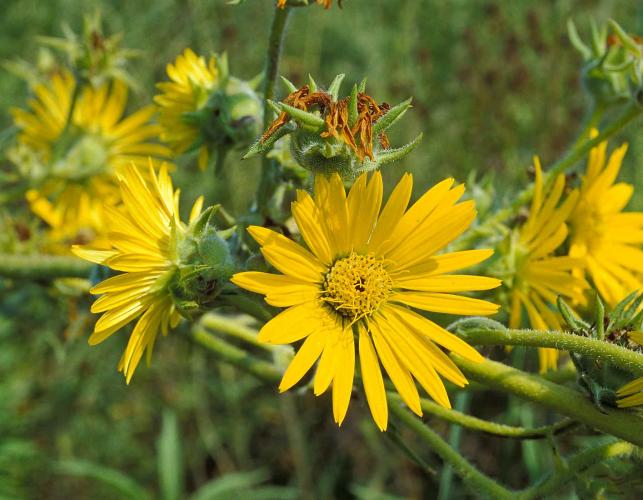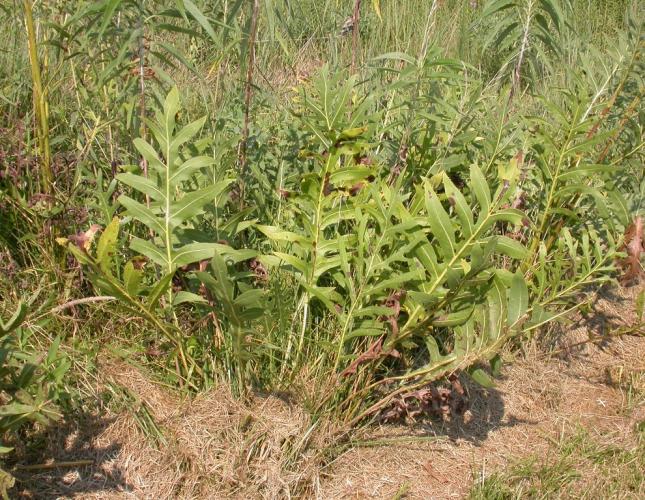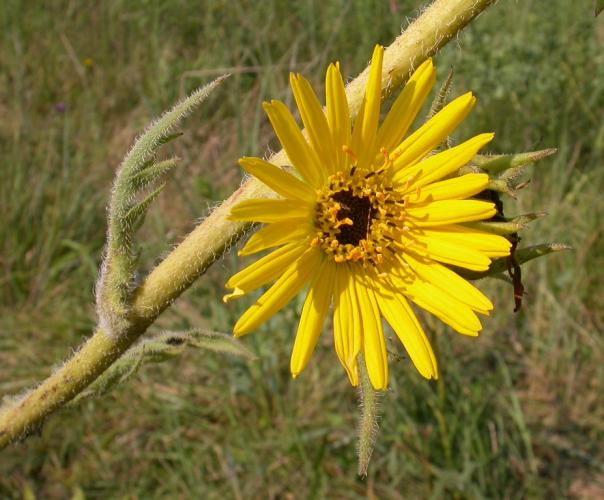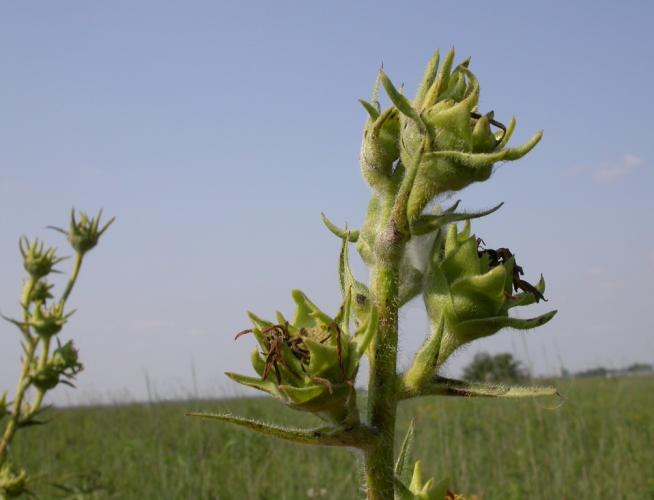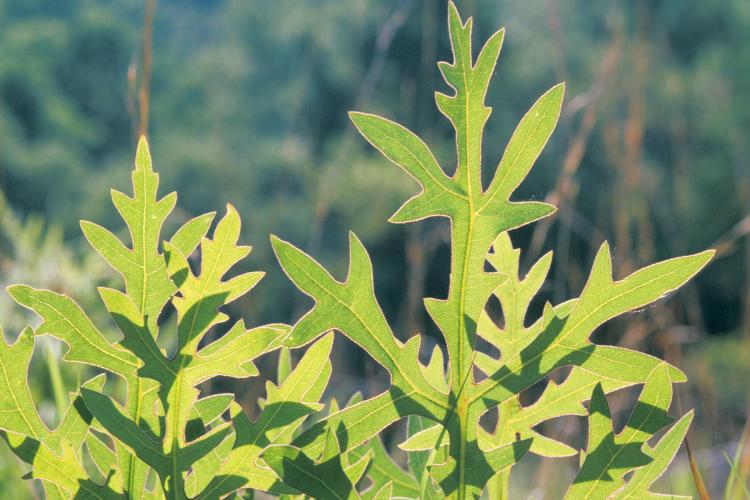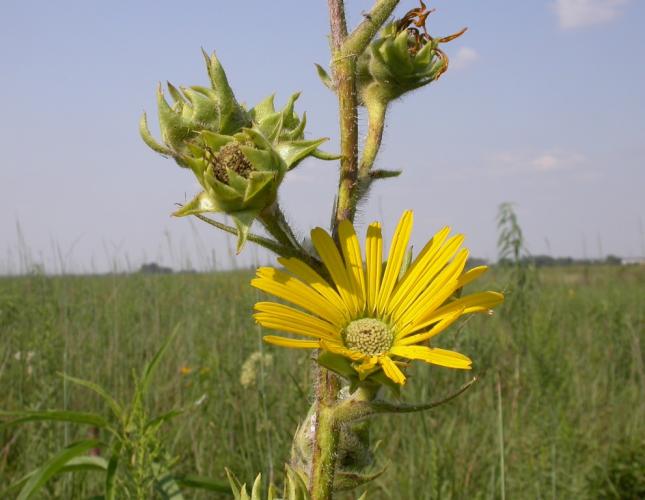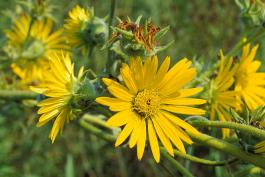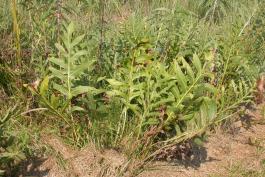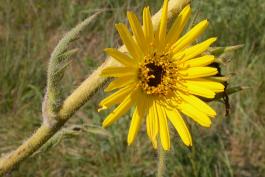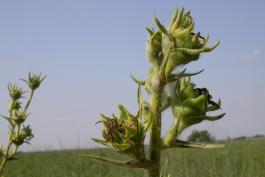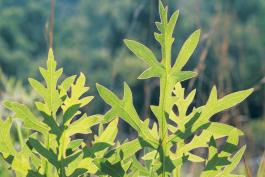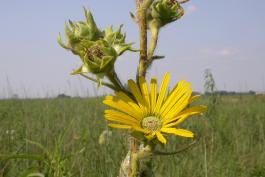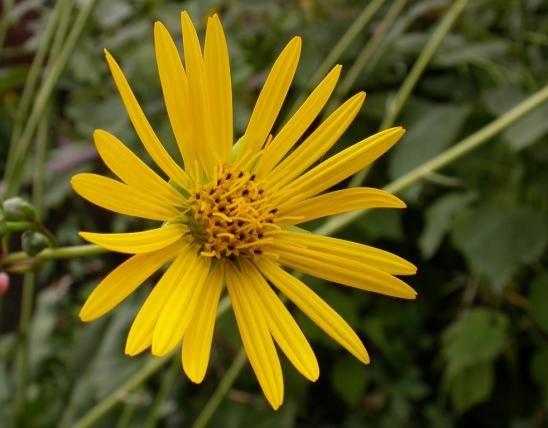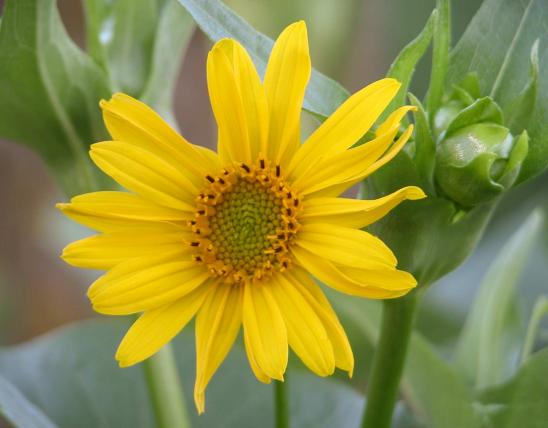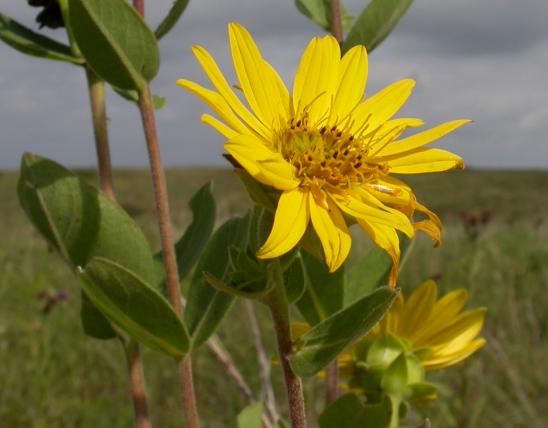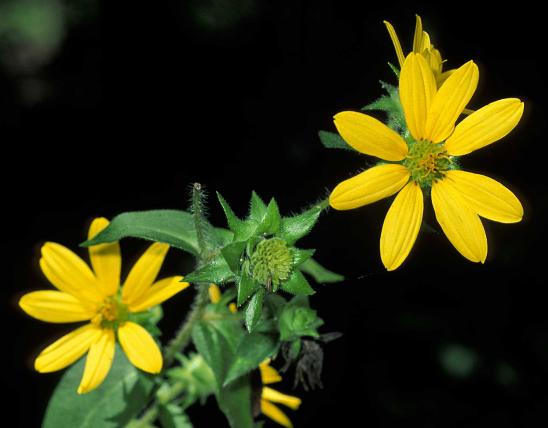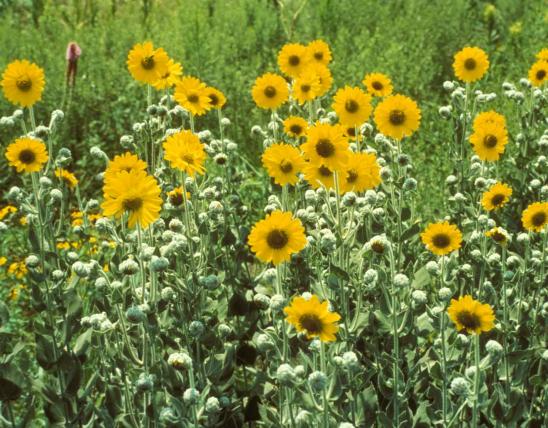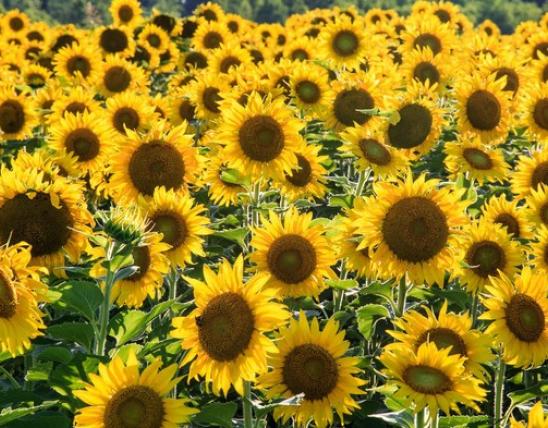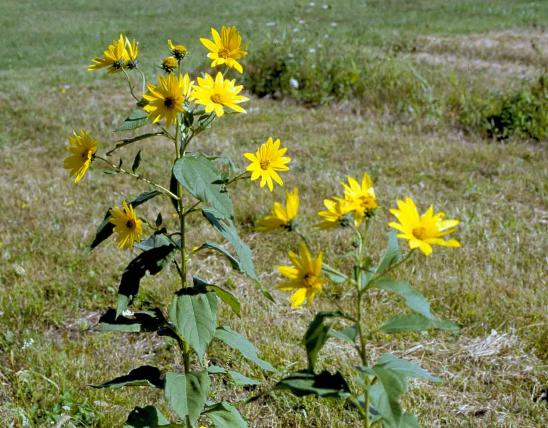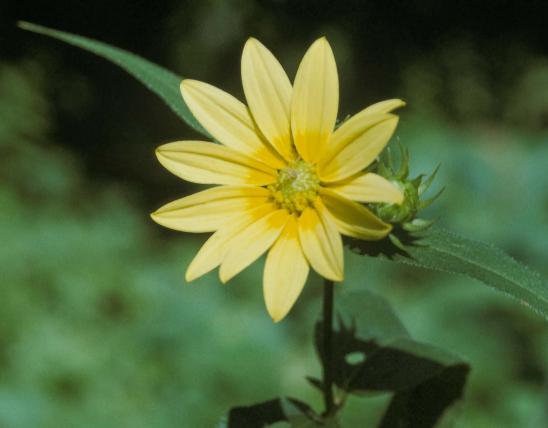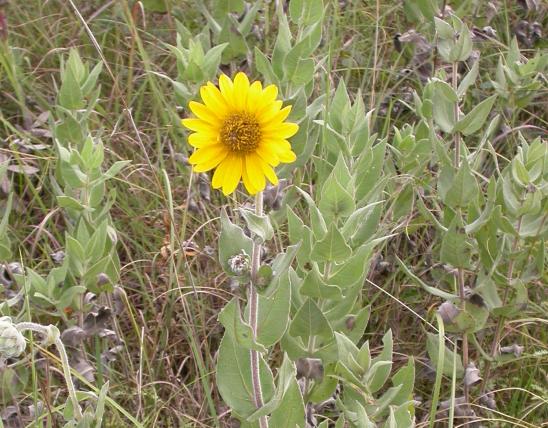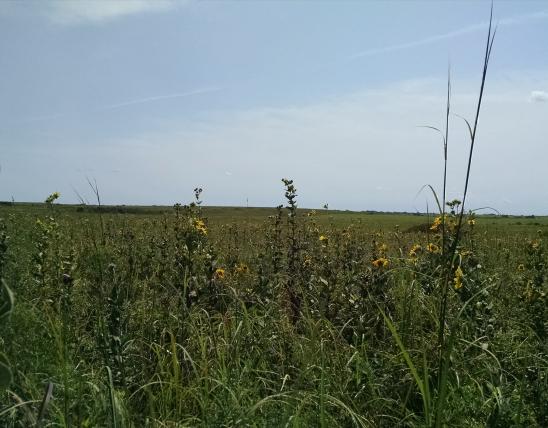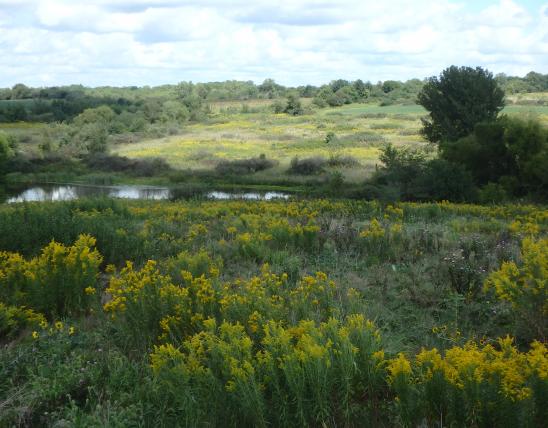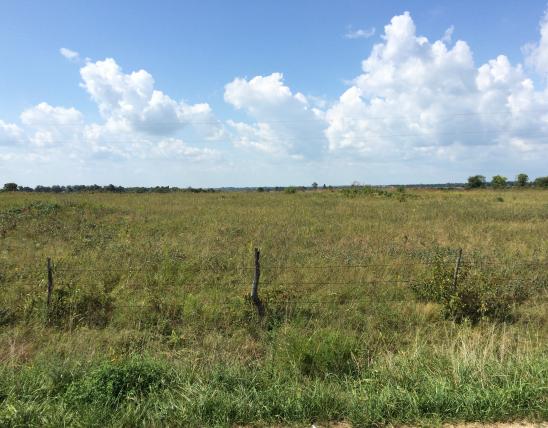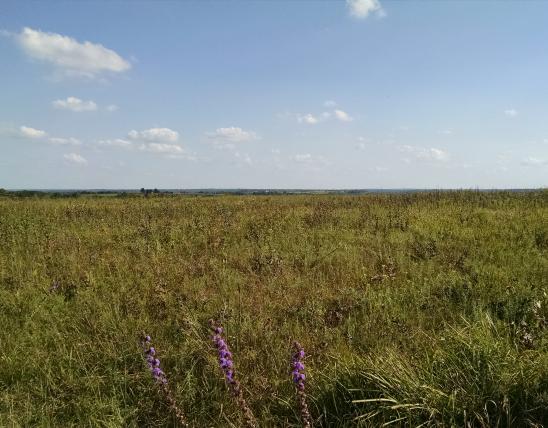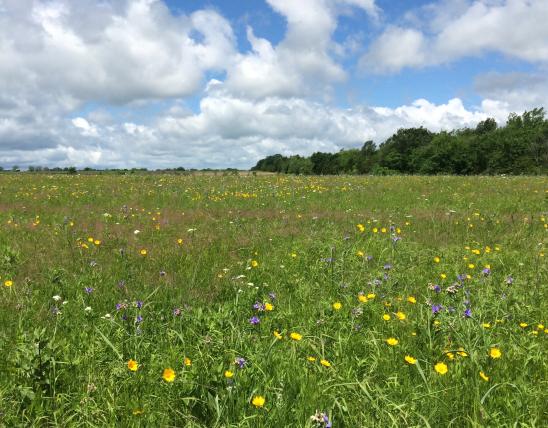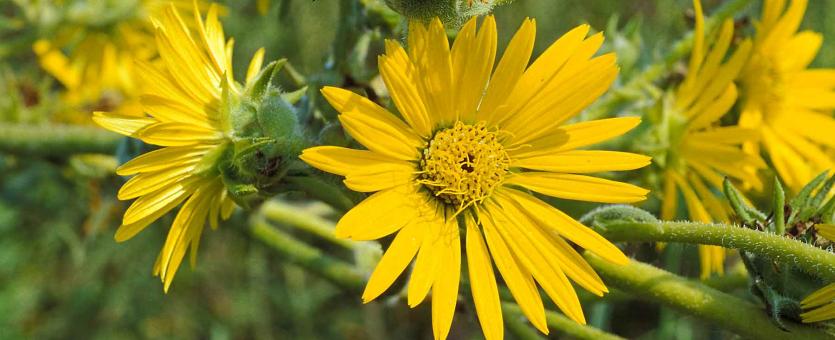
Compass plant is a tall, showy, yellow rosinweed with hairy stems. Blooms July through September. Flower heads are few to many, arising from a tall stalk. The flower heads are about 2½ inches across, and both the petal-like ray flowers and the central disk flowers are yellow. Leaves are hairy and deeply cleft almost to the midrib, the lobes sometimes having secondary divisions. At the bottom of the plant, the leaves are huge — to 16 inches long — but the leaves are progressively smaller toward the top of the stem. In full sun, the upright lower leaves turn their edges toward north and south, with the flat surfaces facing east and west, giving compass plant its common name.
Similar species: There are 6 Silphium species recorded for Missouri. Aside from compass plant, the other most common ones are starry rosinweed, rosinweed, prairie dock, and cup plant. Compass plant is identified by its deeply cleft leaves.
Height: to about 8 feet.
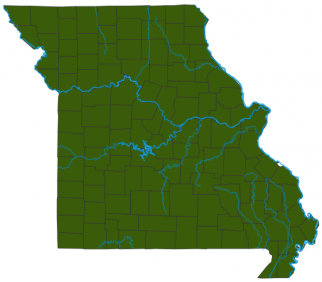
Statewide, except for the southeastern lowlands of the Bootheel.
Habitat and Conservation
Found in prairies, fields, glades, and roadsides. Like many other prairie species, compass plant has long, woody roots that can reach into the earth as deep as 10 feet. Prairie plants are important binders of the soil, preventing plains from turning into dustbowls. The majestic and hardy compass plant is increasingly used in plantings, as native plants become more popular with landscapers and home gardeners.
Status
It’s not an accident that rosinweeds are in their own genus, Silphium, and not in the genus Helianthus (sunflowers). Yet some of them look much alike. How can you tell the difference? The disk florets in rosinweeds are staminate (male) and therefore don’t create seeds, just pollen; but the disk florets in sunflowers, as most of us know, create seeds. The petal-like ray florets in rosinweeds are pistillate (female) and turn into seeds, while those in sunflowers are sterile.
Human Connections
When colonies of these large flowers decorate roadsides, they enhance our journeys: And attractive roads help our state’s tourism industry. Compass plants are also becoming popular in landscaping. In the past, the dried sap of this resinous plant was chewed as gum by Native Americans and pioneers.
Ecosystem Connections
Goldfinches and other small birds, and other wildlife, eat the seeds. The deep, tough roots, like those of many prairie plants, bind prairie soils. The eggs and larvae of many small wasps and beetles develop within the stems of this and other silphiums.
